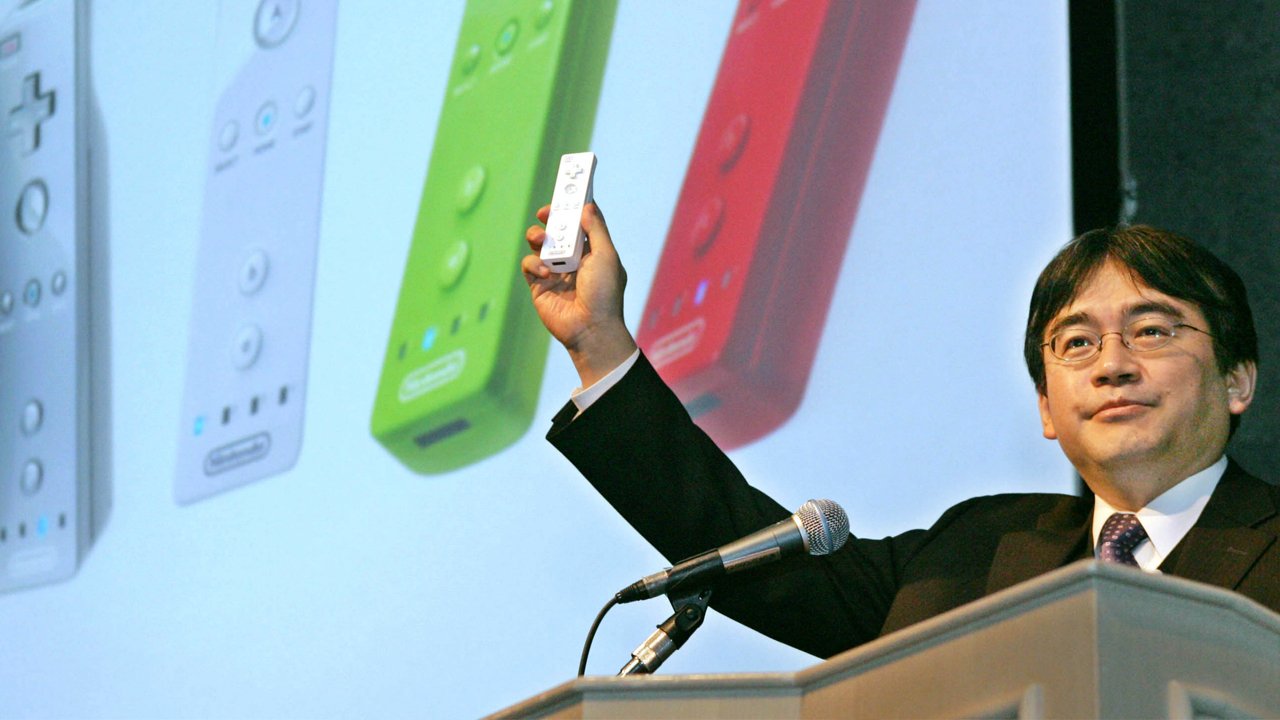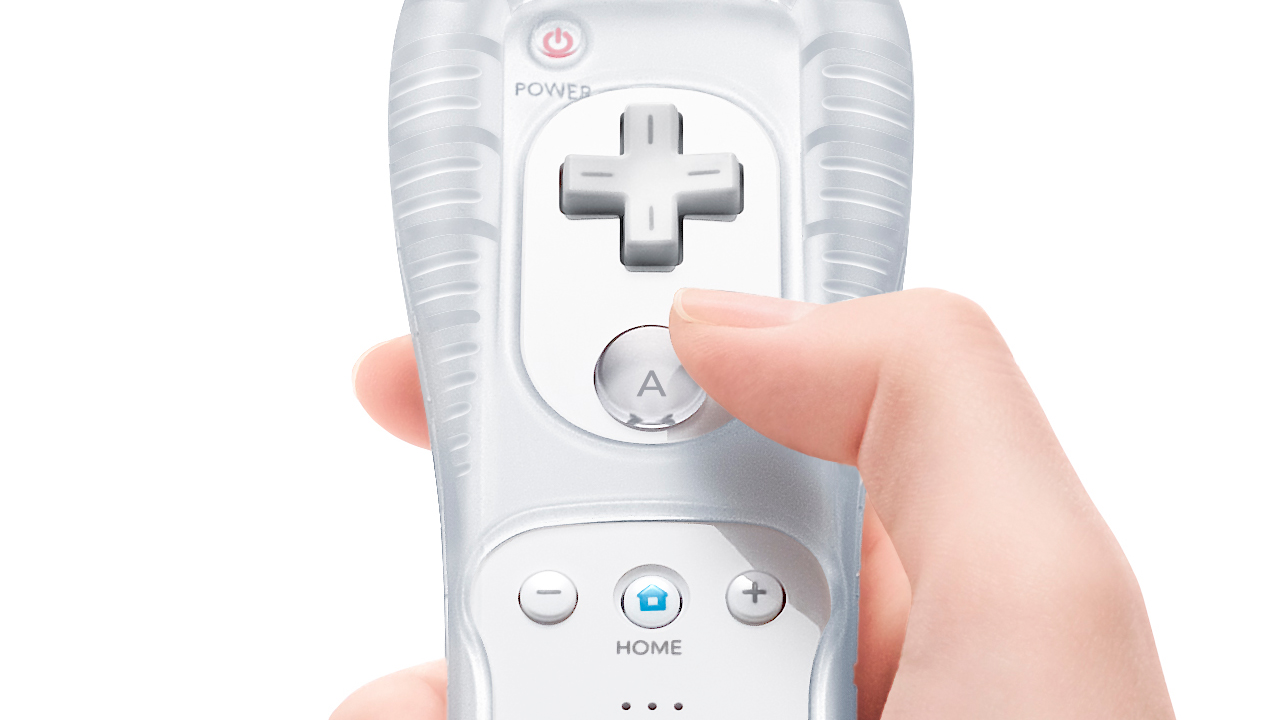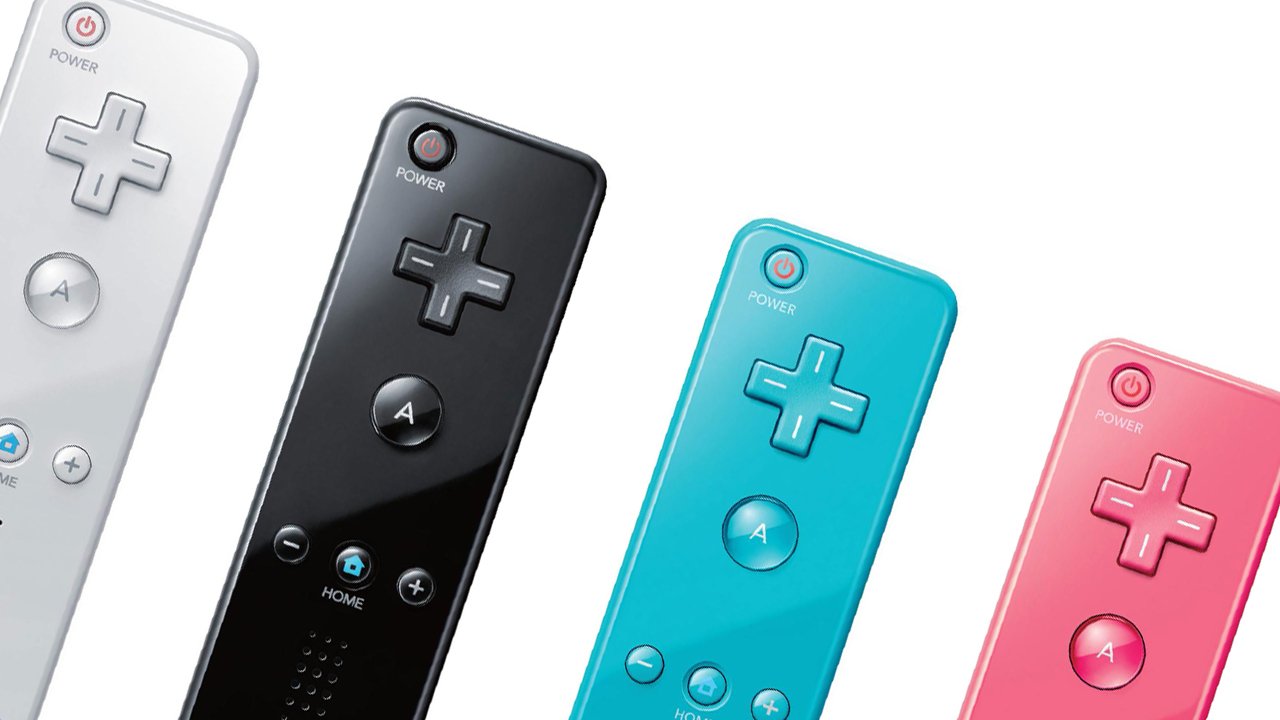The Wii remote: garbage at precision, great at creative constraint
Ten years ago, it seemed like the Wii remote would change everything. Of course, it didn’t. In fact, most of the time it was a pain in the ass to use for even the most basic games. Even now, though, that sleek controller remains remarkable. Strange as it is to think after that mind-boggling reveal, the Wii remote’s real contribution to gaming came from the restrictions it placed on designers rather than the freedom it offered them.
When Satoru Iwata walked out on stage at the Tokyo Game Show in 2005, it was impossible to measure the impact the little white brick in his hand would have. After months of teases, endless speculation about the codename Revolution, and worry for the future of Nintendo’s console business, here was a tantalizing glimpse at the future: the Wii remote. The console itself wouldn’t be playable in public for nearly a year to come, but already the possibilities of this tiny, smooth spin on the controller were invigorating. It worked like a mouse pointer! And an NES-style controller when you turn it on its side! It had a microphone! Most importantly, it detected a range of physical motions both big and small. Just think what you can do with that. Steer the wheel of your kart. Swing Link’s sword. As a concept free of an actual game that had to use it, the controller in Iwata’s hand represented staggering liberty.

Photo credit: AP
In practice, it didn’t work even remotely like that. Even later when Nintendo introduced the accuracy-enhancing Wii Remote Plus add-on and a newer model remote that had that tech built right in, the Wii controller never offered the actual opportunities people thought it could. Motion-based input turned out to be an almost universally terrible idea when applied to traditional games. Shaking your arm back and forth to swing Link’s sword in Twilight Princess was exhausting, while swinging your arm in broad motions in Skyward Sword required frequent recalibration of the motion sensor. (Nothing says high adventure like having to pause the game, put down your controller, and wait a moment for the damn thing to reset its balance.)
When used in original games like Wii Sports, the effect was novel and delightful, albeit lacking serious depth. Shaking your arms rather than pressing buttons was super fun, but it made the precision that makes most video games so pleasurable impossible to nail. Was it awesome to bowl a strike in Wii Sports? Of course it was, but the strike came from lining your character up on screen with the directional buttons not the actual swing of your arm. Was it awesome having to shake the controller, trusting that it might work this time when trying to make tricky jumps in Donkey Kong Country? Absolutely not. It was awful and infuriating because it meant that achievement in the game was based more on chance than on clearly-defined boundaries. The motion control wouldn’t have even been necessary if the Wii remote had four face buttons like every other game controller made since 1991. In trying to offer what appeared to be a simpler input, Nintendo complicated game-making techniques that had been proven for nearly a generation.

But in many hands, the constraints of limited buttons and imprecise motion proved inspiring. Trying to fit old types of games into the ill-fitting Wii remote worked out terribly - Metroid Prime and Resident Evil 4 might be the only examples of complex games that actually made the transition to the Wii remote and ended up better - but by slightly altering those older game types around those limitations, certain designers ended up with wholly unique games that felt like magic.
At a base level, Climax’s Silent Hill: Shattered Memories isn’t so different than the five horror games sharing its name that came before. Take one emotional-wrecked dude, plop him into a town where his psychological traumas take physical form and chase him around, force you to solve some puzzles to try and get out. First, the Wii remote means you don’t have a second analog stick to manipulate the camera with. Rather than a hindrance, Shattered Memories’ limited field of view and perspective become taught, harrowing aspects of actually playing the game. Pointing the Wii remote around the screen controls what you see, doubling as a flashlight for peering into dark corners (or accidentally alerting monsters to your location in certain circumstances). The limits of the remote actually end up enhancing something as simple as how you see the world of the game.
Sign up to the GamesRadar+ Newsletter
Weekly digests, tales from the communities you love, and more

Obviously the needs of a horror game are specific. The fact that the Wii remote’s limitations are inherently uncomfortable definitely lend themselves more to a game where you’re supposed to feel totally helpless rather than empowered. But even game types where complexity and precision are typically prerequisites for quality thrived on Wii when they were designed with the right perspective. Grasshopper’s No More Heroes is a 3D action game where you slice up scads of bad guys trying to beat the crap out of you. Peers like Devil May Cry and Bayonetta need every shoulder and face button on a Dualshock or Xbox controller, but No More Heroes has you attacking with just one button on the face of the remote. Rather than feel limiting, the unfussy controls actually enhance the feeling of careless brutality that drives the whole game’s satirical story. It makes sense that Travis Touchdown, the dorkus who just casually decides to become an assassin, only needs to kill thugs with one button; it’s a perfectly lazy thematic choice. No More Heroes pairs those easy button presses with pristinely considered motion controls. Build up a combination of hits, and you can wildly swing the remote to pull off a wrestling move. It couples the motion controls with physical catharsis, that moment when you flashily wrap up a perfect maneuver. The motion controls are used when you let go, not when you need to be precise.
The need to work around the margins of the Wii remote is a moot point ten years after Iwata first held it up to the world. What was supposed to be a revolution was ultimately deemed an evolutionary dead end by the gaming public. With most games not made by Nintendo floundering on the Wii, the majority of developers and publishers didn’t bother continuing to experiment like Climax and Grasshopper did with Shattered Memories and No More Heroes. Microsoft and Sony both managed to sell quite a few Kinects and PS Move controllers respectively, but game makers abandoned those devices even faster. It didn’t matter that motion controllers kept evolving; players didn’t want to use them. But the important lesson lying at the end of the Wii remote’s first decade isn’t that the player is always right. What the best Wii games prove is that limitations are not always a bad thing. By having to work inside of a box, by straining at tight bonds, even old ideas can become new again.



